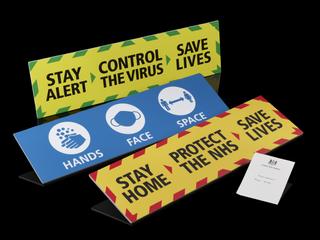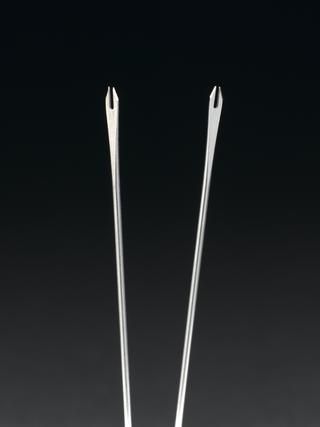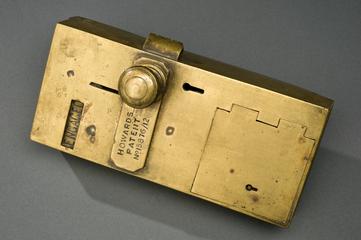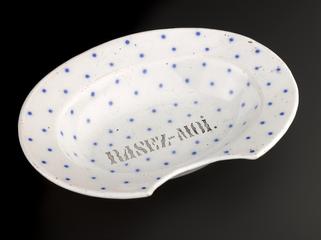
'Tetavax' vaccine, Lyon, France, 1994
- maker:
- Pasteur Mérieux


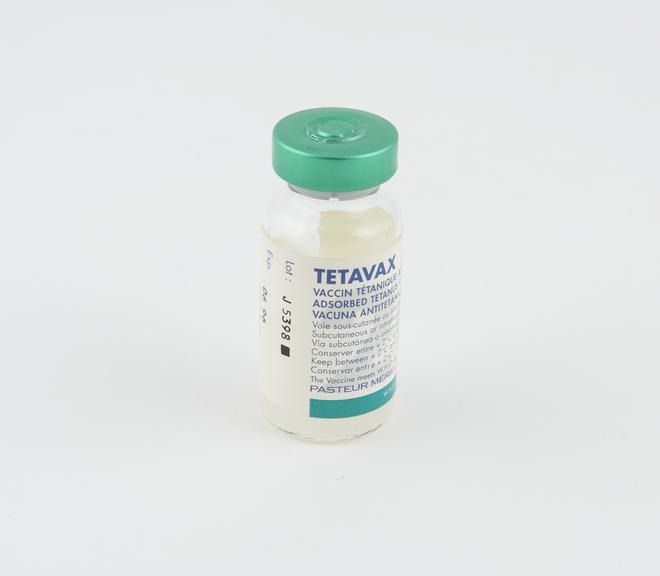
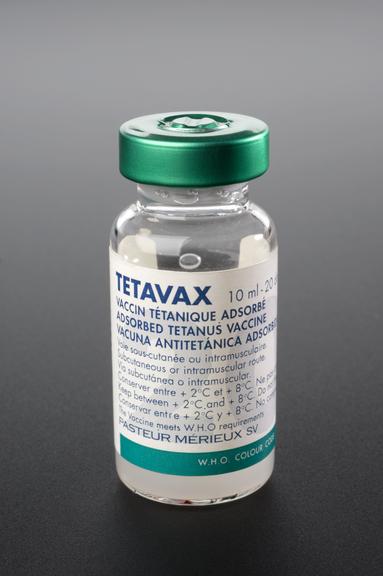
One of two glass vials, each containing 10ml (20 doses) of `Tetavax' vaccine for subcutaneous or intramuscular injection to provide protection against Tetanus, as part of the UNICEF/WHO Extended Programme on Immunisation (EPI), manufactured by Pasteur Merieux, Lyon, France, 1994
The vaccine is used to protect against tetanus, especially in young children. Vaccination against tetanus is part of the Extended Programme on Immunisation (EPI). The EPI was launched by the World Health Organisation (WHO) and the United Nations International Children Fund (UNICEF) in 1974. The EPI aimed to vaccinate all children against the six main childhood killers: polio, diphtheria, tuberculosis, whooping cough, measles and tetanus. The campaign is now called the Global Alliance for Vaccines and Immunization and also seeks to immunise children against other diseases, such as hepatitis B and yellow fever. The vaccine was made by Pasteur Mérieux.
Details
- Category:
- Public Health & Hygiene
- Object Number:
- 1994-168/2
- Materials:
- glass, paper (fibre product), aluminium (metal) and materia medica
- Measurements:
-
overall: 44 mm 20 mm, .03kg
- type:
- vaccine
